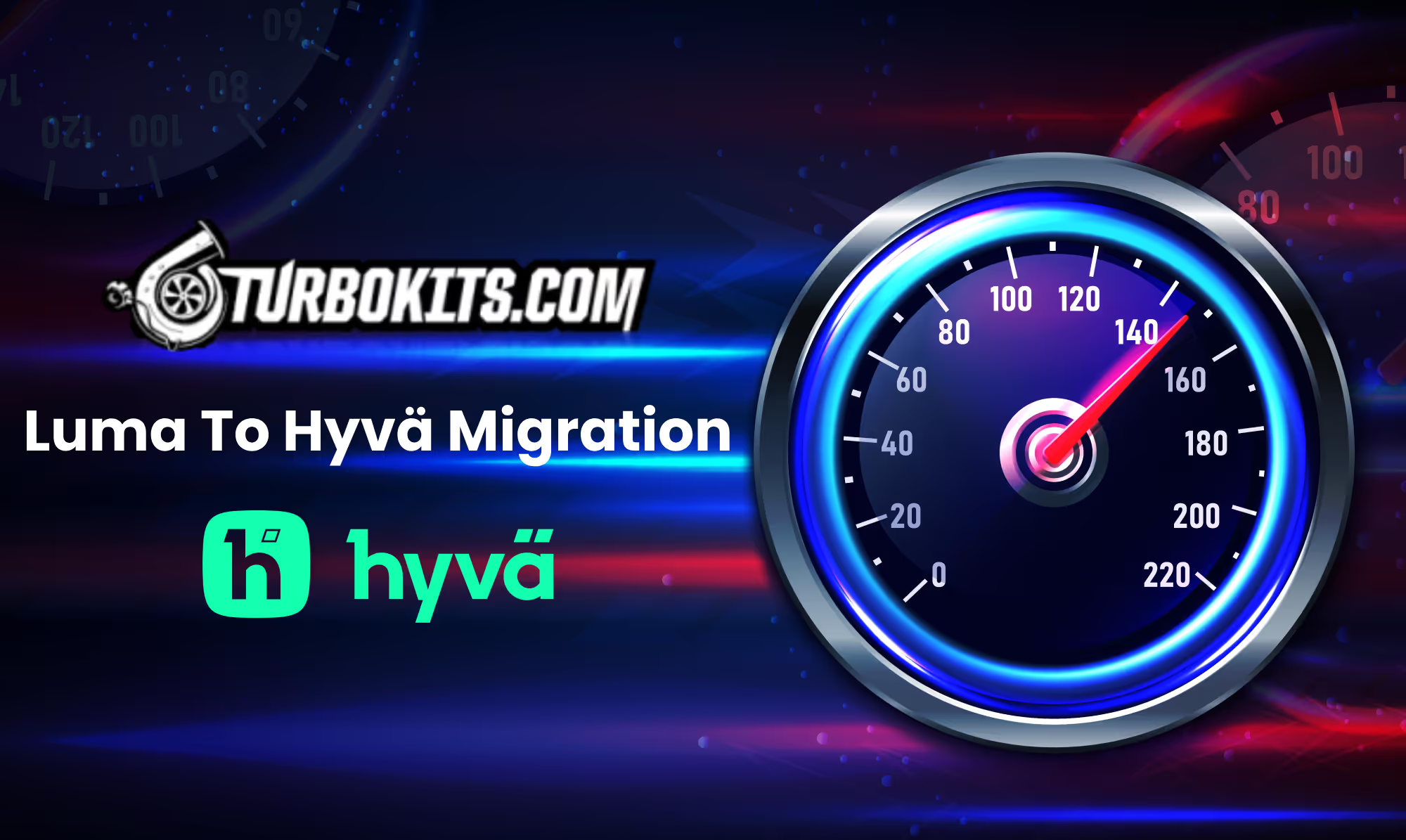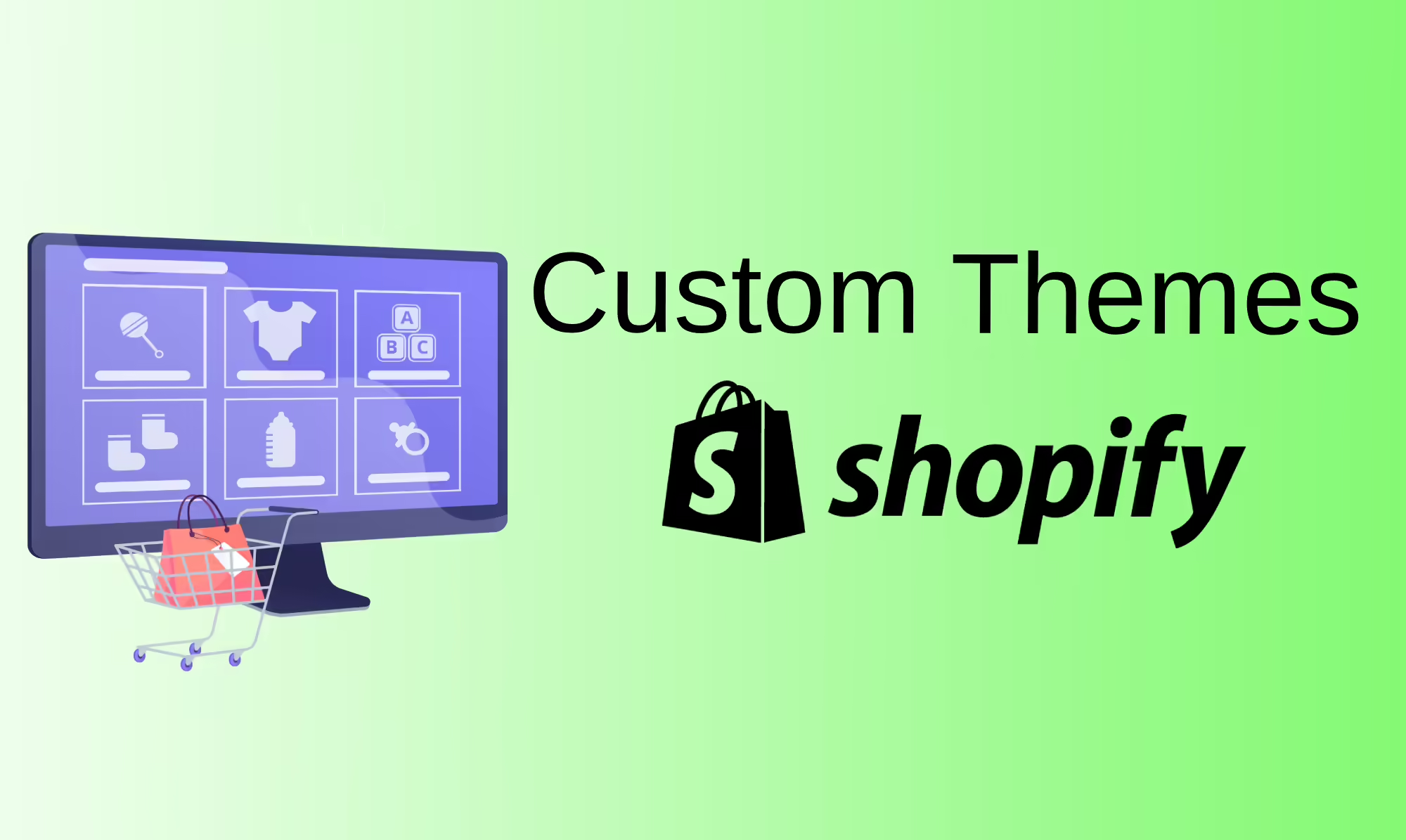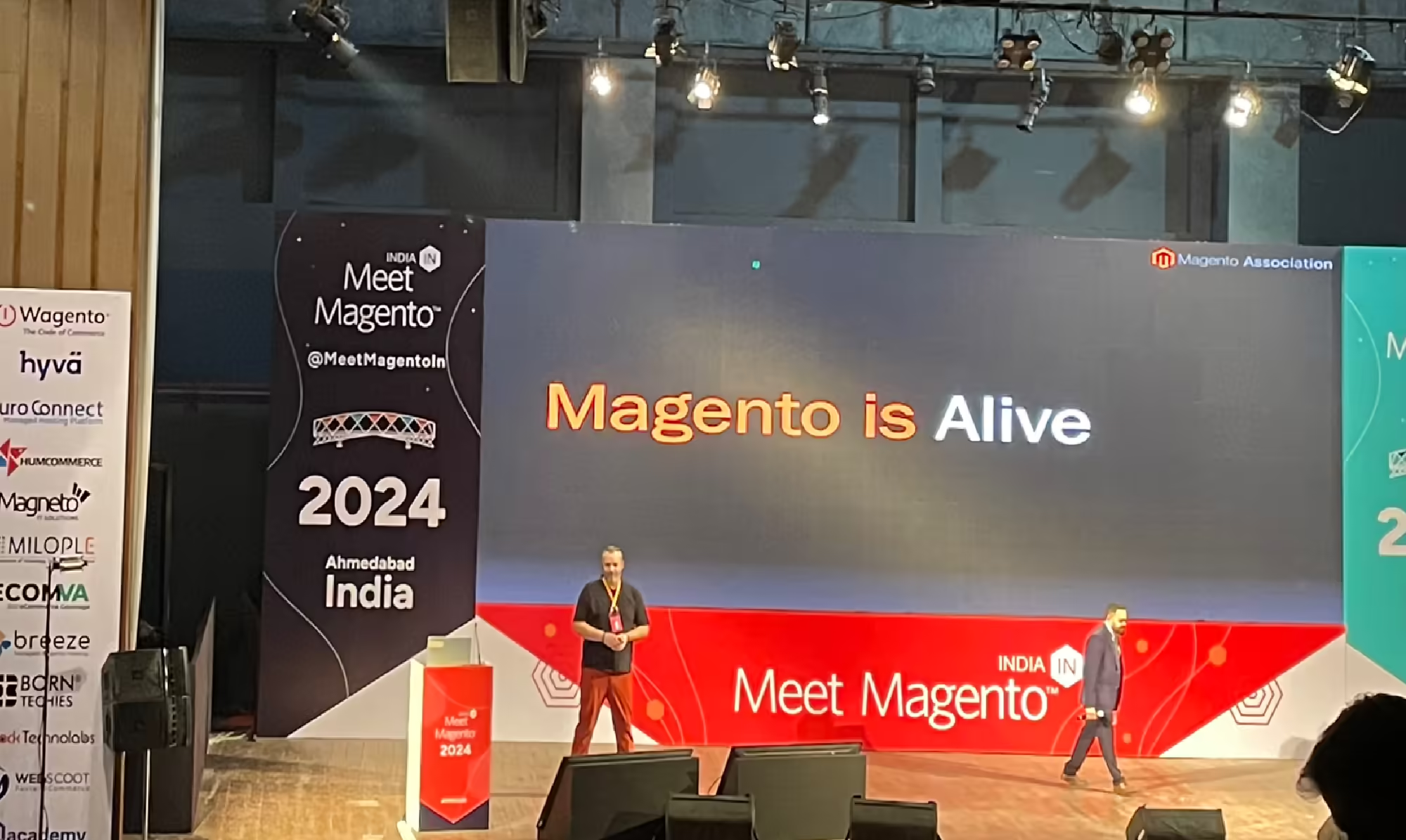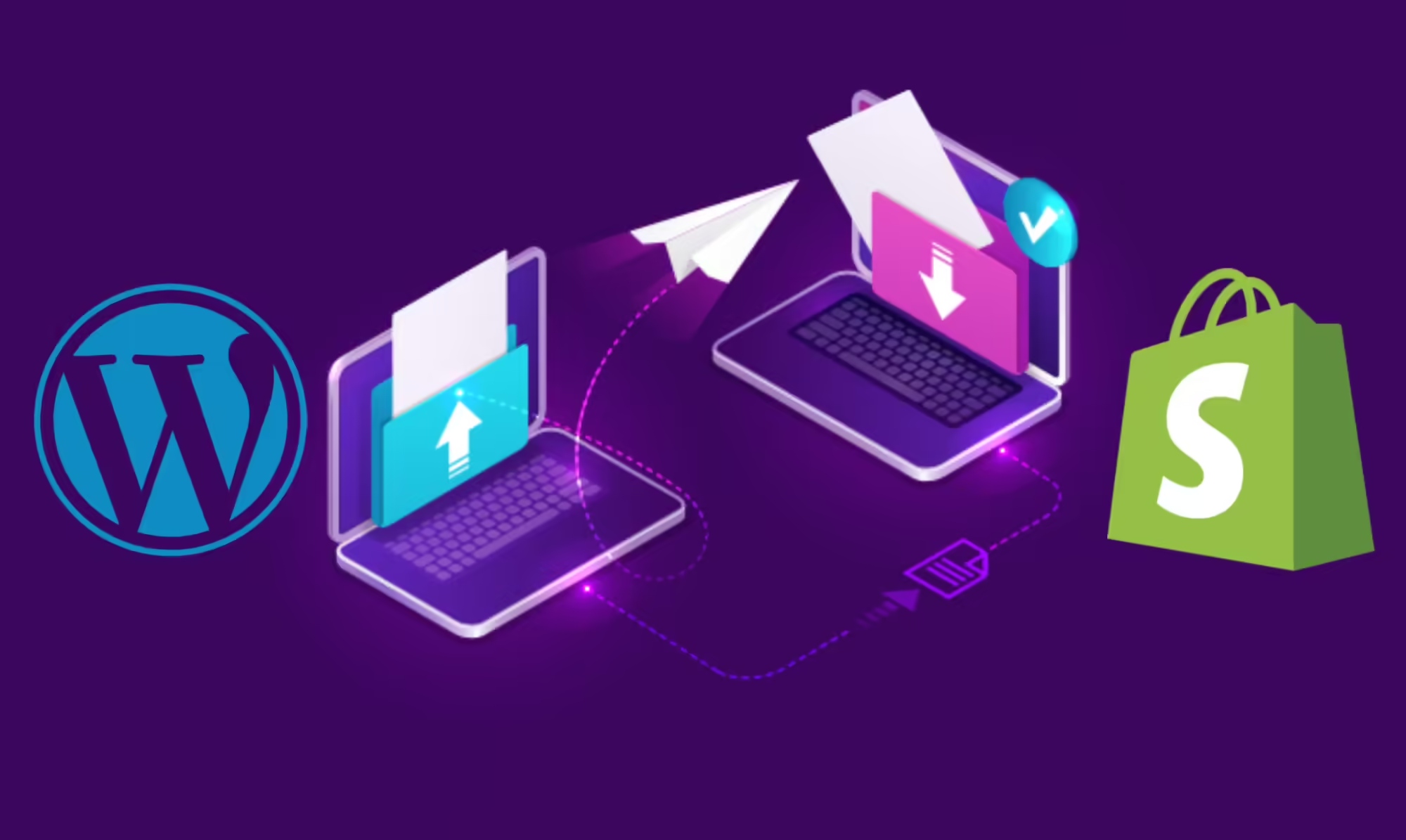
With an increasing number of businesses selling their products and services online, choosing the right e-commerce platform has become a crucial aspect of a sound business strategy. There are nearly 1,67,000 live websites in Magento, according to BuiltWith. Magento holds 8% of the market share. Magento continues its successful run as one of the most preferred e-commerce platforms. Adobe has further solidified its position in the market by offering Magento 2 Open Source, Adobe Commerce, and Commerce Cloud. Businesses need to leverage the opportunities presented by these platforms and take their e-commerce ventures to new heights.
Table of Contents
Post
As an e-commerce business owner, you may be curious to know what model works best for your digital Commerce before investing in them. In your quest to pick the best platform for your business, you may have often wondered, what’s the difference between Magento 2 Open Source, Adobe Commerce, and Commerce Cloud?
Without a doubt, Magento is e-commerce centric platform for providing an entire shopping cycle. As the name suggests, Open Source offers several features for free; Adobe Commerce provides even more features at a specific price. In contrast, Commerce Cloud offers all Magento 2 Commerce features on cloud infrastructure. However, there is more to this than meets the eye.
Let’s get a closer look at each of these Magento platforms.
Overview of Magento
Magento itself is a powerhouse and feature-rich platform. When it comes to scalable, customization, and e-commerce-focused platform, Magento fits the best! Regardless of Magento vs. Adobe Commerce, this platform is used often when building online stores. Characteristics like mobile-friendly, SEO features, a wide range of payment tools, shipping partners, and catalog management are there in Magento!
Magento is used for business adoption like B2B, B2C, B2B2C, or D2C. At times, this platform’s significant difference is related to the cost of ownership, but that also specifies the category in which your business falls from SMEs to mid to enterprise level.
In comparison to Magento open-source with Adobe commerce and commerce cloud, one is free, yet the other is a paid product of Adobe with enterprise-level support and service. If you are willing to get started or have a small to the medium-level agency, Magento open-source fits best! It allows excellent e-commerce features, extended customization, and support through the Magento marketplace and community! Conversely, paid versions are being taken care of by Adobe!
Let’s move on with each one!
Magento 2 Open Source
This free version of Magento was initially known as Magento Community Edition. With Magento rebranding its product range in 2017, Open Source became a free-to-download platform.
It is a popular choice among small and medium business owners interested in building their websites on a platform that offers many features and is competent enough to help businesses compete online with the big league.
That said, Open Source boasts several big-ticket clients as well. This is due to its simplicity and ease of use. Further, the complexities involved in acquiring newer licensing structures make Open Source attractive for high-volume retailers.
Global brand Christian Louboutin has built its website on this platform and has been developing customized solutions while enjoying its benefits.
Despite being smaller than Magento’s other offerings, Open Source can take them on without difficulty, provided it functions with the proper infrasMagento’s significant improvements to Commerce, things are not the same anymore. Features of Open Source include:
- Integrated checkout, payment, and shipping
- Mobile-optimized shopping
- Global selling/multi-language support
- Catalog management
- Extended functionality via Magento Marketplace
- Instant purchasing
- Website management.
- Analytics and reporting tools.
- Catalog view and management.
- Instant purchase features.
- Customer support.
- Guest user accounts.
- Functional testing capacities.
- Indexing and caching opportunities.
- SEO tools.
- Toughened security
With Open Source, users have left longing for crucial features such as page builder, visual merchandising, content staging and preview, and the new B2B suite.
All said and done, Magento Open Source is a unique and competent platform suitable for small and medium businesses and global enterprises. However, its high development and maintenance costs may hinder companies that need to stick to a set budget. You can reach out to partner agencies to securely scale your digital commerce with certified resources.
Magento 2 Source
Erstwhile Magento Enterprise or Magento Commerce, Adobe Commerce is directed towards more giant corporations that demand superior support levels and a more comprehensive range of functionality. Unlike Open Source, which is free for use, Magento Commerce attracts a fixed licensing fee yearly.
Currently, it is being offered as either an on-premise or a PaaS (Platform-as-a-Service) hosted solution referred to as Magento Commerce Cloud. Both platforms share a common codebase, although the Cloud platform stands to receive platform updates automatically from time to time.
The on-premise variant of Magento Commerce was previously priced based on its tiered model, but that has changed, with Adobe announcing that on-premise licensing will cost almost as much as Commerce Cloud. This can hinder clients who do not need the hosted version of the platform.
Magento developers have enhanced Commerce significantly over the last couple of years, especially with the addition of native features, which have made the platform more useful for retailers. Magento is armed with business intelligence dashboards, B2B functionality, advanced marketing tools, content staging and preview, customer loyalty tools, page builder, visual merchandising, Magento shipping, a range of preinstalled modules, and more.
Adobe Commerce includes the following core features:
- Pricing and promotions
- Search engine optimization
- Site and content management
- Catalog browsing and management
- Product browsing
- Checkout, payment, and shipping support
- Order management
- Customer services and support
- Advanced analytics and reporting
- Layout and themes
Along with,
- Optimized cloud commerce for Magento
- Global availability
- Cloud availability SLA up to 99.99%
- Fast page loading with CDN
- Performance monitoring tools
- Enhanced security with Fastly WAF and DDoS services
- PCI compliance
- Easy deployment
- Streamlined updates and testing
- WYSIWYG web page editor
- B2B functionality.
- Expanded marketing tools.
- Customer loyalty tools.
- Visual Merchandiser.
- Product recommendations.
- Customer segmentation.
- Articles for adding products to the cart.
- Admin rights user roles on the site and store level.
- Backups.
- Configurable order tracking widget.
- Customer attributes management.
- Special offers and merchandising management.
- Elasticsearch.
- Google tags manager.
- Built-in Signifyd fraud protection.
- Admin action log.
- Message queues.
- Multiple main servers.
- Multiple connected databases.
- Multiple wishlists.
- MySQL clusters support.
- Optimized indexing.
- Orders archiving.
- PA-DSS Certification.
- Private sales.
- RMA – Return Merchandise Authorization.
- Bonus points.
- Scheduled import/export features.
- Store credits.
- Reliable encryption, hashing, and data key management.
Magento 2 Commerce Cloud
Formerly known as Enterprise Cloud Edition, Magento 2 Commerce Cloud is a PaaS solution built on an Amazon Web Services-based cloud hosting ecosystem. It can be easily customized, scaled, and integrated with third-party systems. It comes with several tiers, with Cloud Started and Cloud Essentials being the most popular.
Quite clearly, the cloud version is an amalgamation of the features of Magento 2 Commerce and a cloud ecosystem with a few differences and additional features such as Git integration and environments for development, Staging, and production. Users can code, test, and deploy across the Integration, the Staging, and the Production environment to enable the unceasing incorporation of your e-store.
Besides offering all the features of the on-premises version, Magento Commerce Cloud is equipped with first-rate DevOps and release and cloud management tools. However, it does not support the split database performance solution.
Magento 2 Commerce Cloud boasts of the following advanced and advantageous technologies:
- Fastly for CDN and caching
- Blackfire Profiler for performance testing
- New Relic APM for performance testing
- GitHub for Git repo
- Bitbucket for Git repo
With Magento Commerce Cloud, users need not worry about aspects such as server configuration with particular software, PHP, or even database software compatibility. The only thing to be careful about is the correct configuration of access to folders and documents. If required, additional tools can be preinstalled to streamline server administration.
Users can look forward to an integrated source control management system that provides features such as automated patching and image optimization and support eight different environments to develop, test, and launch the e-commerce store.
Users of Magento 2 Commerce Cloud can look forward to the following features:
- Ece-tools package to install and manage e-stores
- Rabbit MQ job queue framework
- Unified production deployment and configuration workflow
- Improved speed of production deployments
- Streamlined build/deploy process management
- Performance enhancement
- Local development template to simplify cloud deployments
- 100% increase in accessible memory
- Heightened security through Fastly Web Application Firewall (WAF)
- Page speed developments through Fastly image optimization
- Adherence to PCI compliances
Magento Open Source vs. Adobe Commerce
Okay, so the final call is what the merchants are looking for in their commerce store, but the evaluation of Magento 2 Commerce vs. Open source is done considering the functions and support they provide. Have the weighing criteria based on the practical usage of your store. Let’s focus on each measure that the platform serves.
Content placement
CMS changes can be scheduled promptly, and paid versions allow you to prevent the changes rather than checking the same later in open source.
Extended advertising features
The advanced advertising features can be achieved with the third-party module or Adobe commerce if you are willing to have the advanced advertising features. Merchants can implement advanced promotional rules to send for dedicated products, free shipping, and conduct the limited sale.
Extended reporting
No doubt that open-source allows you to have the most specified reports, but if you are willing to have customized reports, Adobe commerce lets you create up to 100 different types of reports such as sales, marketing, reports, SQL visual report builder, Google analytics, and B2B dashboard.
Commerce allows ten user accounts with permissions and the ability to send reports to specific members.
Customer segmentation and personalization
Based on past behavior and demographics, retailers can generate segments and show customized promotions to each group of buyers.
Gift cards
Gift cards boost you to achieve significant customer loyalty via virtual or physical gift cards. Adobe commerce allows you to use the store’s functionality to manage the gift registers, allowing customers’ family to buy gifts for special occasions.
Loyalty programs
As per the brand requirements, merchants can set up a modular reward system with discounts and refunds. It helps to increase customer loyalty and hence sales.
Private sales and events
To improve quality services and have the brand loyalty of your VIP customers, retailers can set time-limited trades where they can invite limited customers with great offers and discounts. Only invited customers are allowed to participate in this promotional sale.
Return Merchandise Authorization (RMA)
One of the noticeable features of the paid version of Magento2 is Return management. Adobe commerce allows merchants to manage returns and refunds with different scenarios! The buyer needs to define the reasons for getting the return and refund once the seller process it.
Store Credit
To enhance the overall shopping experience, admin can provide buyers with the credit they can use for future purchases, mainly valued in B2B stores!
Visual Merchandiser
A blessing to merchants to aid the sorting methods of products! Admins may create beautiful and easy-to-read layouts! Visual merchandiser optimizes categories and organizes them according to specific properties, making it convenient when adding new products or changing orders.
Integrated B2B functionality
Having multiple sellers and managing more extensive catalogs, orders, and dedicated dashboards can all be done to set up a B2B functionality, which can be achieved via Adobe Commerce. If you want such functions, they can be implemented through extensions and custom development in open source.
Marketing Functionality
Marketing covers ample features that can help e-commerce merchants to facilitate services and increase conversions. For instance, search functionality like elastic search helps shoppers find the product faster. Reward points, gift cards, wishlists, and credits effectively gain customer loyalty!
Targeted promotions help you sell the products dynamically with a specific segment. Segmentation can be done via particular attributes, including unregistered users. This marketing section depends on how you would like to present your brand to the market and deliver the values to your customers.
Following the abovementioned points covering most of the open-source and Adobe Commerce functionality, you can find the best one. Yet you need to know what is available in the Magento version with the help of a Magento Agency. The cloud infrastructure is the only significant difference between Magento commerce and Commerce cloud. Commerce Cloud solutions offer a fully configured environment, integrated source code management, and infrastructure as a service (IaaS).
Conclusion
There is no doubt that Magento is one of the most powerful e-commerce platforms out there. Despite its (few) limitations, it is spreading its wings through the business arena while continuing its reign in the online market space. Whether you finally go for Open Source, Commerce, or Commerce Cloud, the final decision should be based on factors such as your unique e-commerce needs, pricing, licenses, the availability of the required features, cultural fit, and if you want to move/expand to the cloud. After all, nobody understands the scope of your business as well as you do. Hopefully, the above comparisons and considerations will help you arrive at the right decision and take your e-commerce plans to the next level.













